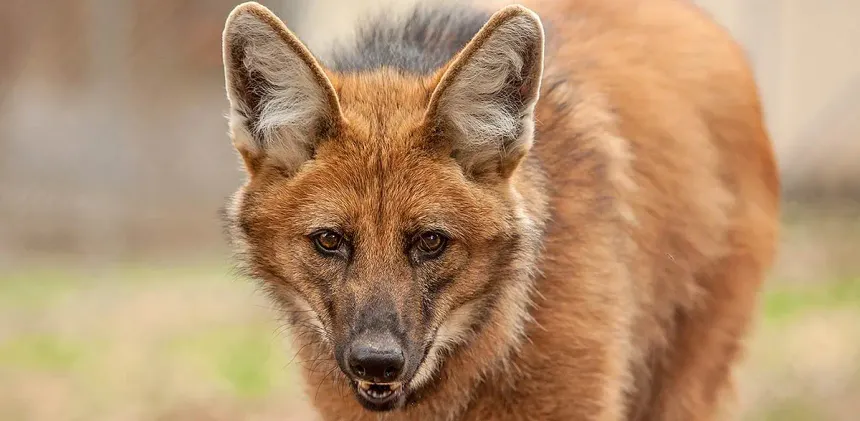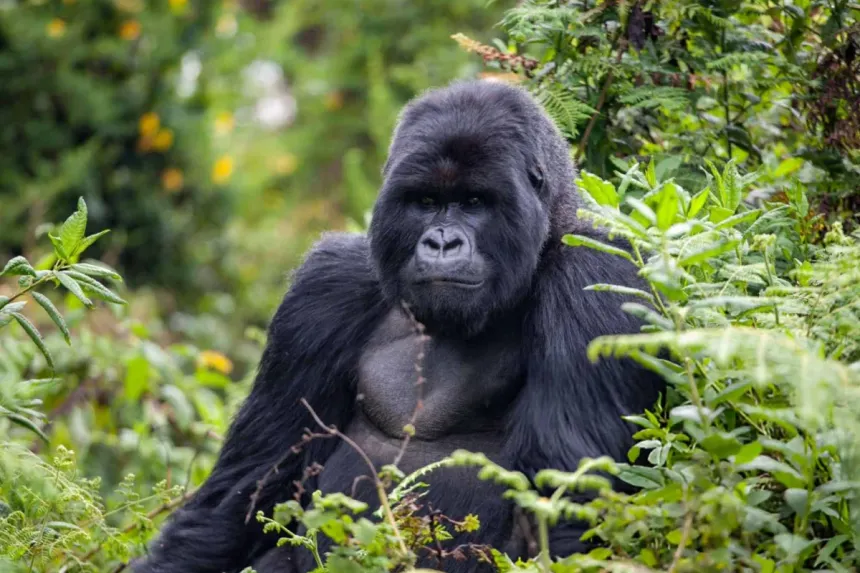Facts about Otter
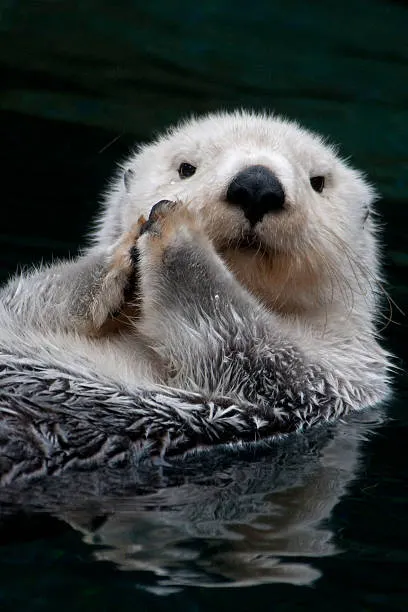
Otters are semi-aquatic mammals known for their playful personalities, remarkable intelligence, and strong family bonds. Found across many parts of the world, from rivers to oceans, these charismatic creatures play an essential role in their ecosystems. In this comprehensive article, we’ll explore fascinating facts about otters, including their behavior, diet, physical features, communication styles, species diversity, and conservation status.
Scientific Classification
- Kingdom: Animalia
- Phylum: Chordata
- Class: Mammalia
- Order: Carnivora
- Family: Mustelidae
- Subfamily: Lutrinae
- Common Name: Otter
Types of Otters
There are 13 species of otters, with the most well-known including:
- North American River Otter (Lontra canadensis)
- Sea Otter (Enhydra lutris)
- Giant Otter (Pteronura brasiliensis)
- Eurasian Otter (Lutra lutra)
- Asian Small-Clawed Otter (Aonyx cinereus)
Physical Characteristics
- Size: Ranges from 2 to 6 feet (0.6 to 1.8 m) depending on species
- Weight: 10 to 100 pounds (4.5 to 45 kg)
- Fur: Extremely dense and waterproof—some species have up to a million hairs per square inch!
- Tail: Strong and muscular, helps with swimming
- Feet: Webbed for efficient movement in water
Habitat and Distribution
Otters are found on every continent except Australia and Antarctica, living in:
- Freshwater rivers, lakes, and wetlands
- Coastal regions and kelp forests (sea otters)
- Mangroves and estuaries
They require clean water and abundant food, making them sensitive indicators of ecosystem health.
Behavior and Lifestyle
- Playful Creatures: Otters engage in sliding down mud banks, playing with pebbles, and chasing each other.
- Strong Family Units: Many otters live in family groups called “rafts” (especially sea otters) or “romps” (land otters).
- Highly Intelligent: Otters use tools—like rocks—to crack open shellfish.
- Diurnal: Most otters are active during the day but may adjust habits based on environmental conditions.
Diet
Otters are carnivorous and feed on a variety of aquatic animals:
- Fish, frogs, crabs, and insects
- Clams, mussels, and other mollusks
- Occasionally small mammals or birds (in some species)
They are skilled hunters, with excellent underwater vision and a powerful sense of touch.
Communication
Otters communicate through:
- Vocalizations: Chirps, growls, whistles, and screams
- Scent marking: Using glands to claim territory
- Body language: Postures and play behaviors indicate social standing or mood
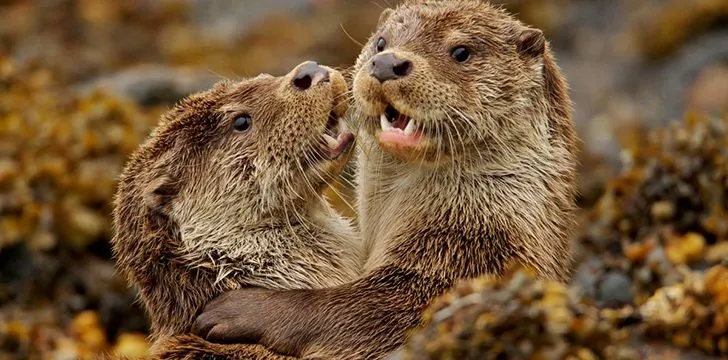
Reproduction and Raising Young
- Breeding: Varies by species; some breed seasonally, others year-round
- Gestation Period: About 60 to 86 days
- Litter Size: 1 to 6 pups (often 2–3)
- Parental Care: Mothers are highly attentive, nursing and teaching their pups to swim and hunt.
- Sea Otters: Carry their pups on their bellies and wrap them in kelp to keep them from drifting away.
Interesting Facts About Otters
- Sea otters hold hands while sleeping to stay together and avoid drifting apart.
- Giant otters can grow up to 6 feet long, making them the largest of all otter species.
- River otters can close their ears and nostrils underwater to help them stay submerged.
- Otters have a third eyelid, called a nictitating membrane, for underwater vision.
- Otter fur is the densest of any animal—essential for insulation, especially in cold water.
- Some otters use “toolkits”—they have a favorite rock they carry in a pouch under their arm.
- Otters have been seen “juggling” pebbles—a behavior scientists believe may improve dexterity.
- Otters are fast swimmers, reaching speeds of 7–9 miles per hour (11–14 km/h).
- Otters are vital to ecosystem balance, especially sea otters, which control sea urchin populations that threaten kelp forests.
- Baby otters (pups) are born blind and helpless, depending entirely on their mothers for survival.
Conservation Status
- Sea Otters: Endangered in some regions due to oil spills, habitat loss, and historical fur trade
- Giant Otters: Endangered due to habitat degradation and hunting
- River Otters: Recovering in many areas due to conservation efforts
Threats include:
- Water pollution
- Climate change
- Habitat destruction
- Illegal pet trade (especially for small-clawed otters in Southeast Asia)
Protection Measures:
- Laws banning hunting and fur trade
- Wildlife conservation organizations
- Habitat restoration programs
- Public education campaigns
Cultural and Ecological Importance
Otters are symbols of joy, playfulness, and harmony in many cultures. They appear in Native American, Japanese, and Celtic folklore. Ecologically, they are keystone species, meaning their presence or absence can greatly impact the health of their environments.
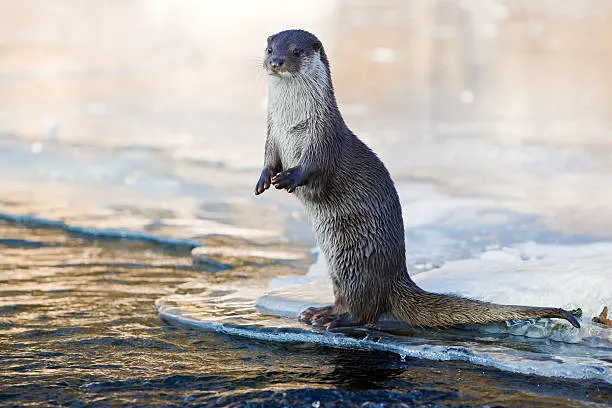
Conclusion
Otters captivate the world with their charm, intelligence, and playful behavior. From juggling pebbles to cracking shellfish with tools, they exhibit behaviors rarely seen in the animal kingdom. While many otter species face environmental threats, growing global conservation efforts offer hope. Understanding and protecting these remarkable animals is not just about saving a species—it’s about preserving the balance of nature itself.


